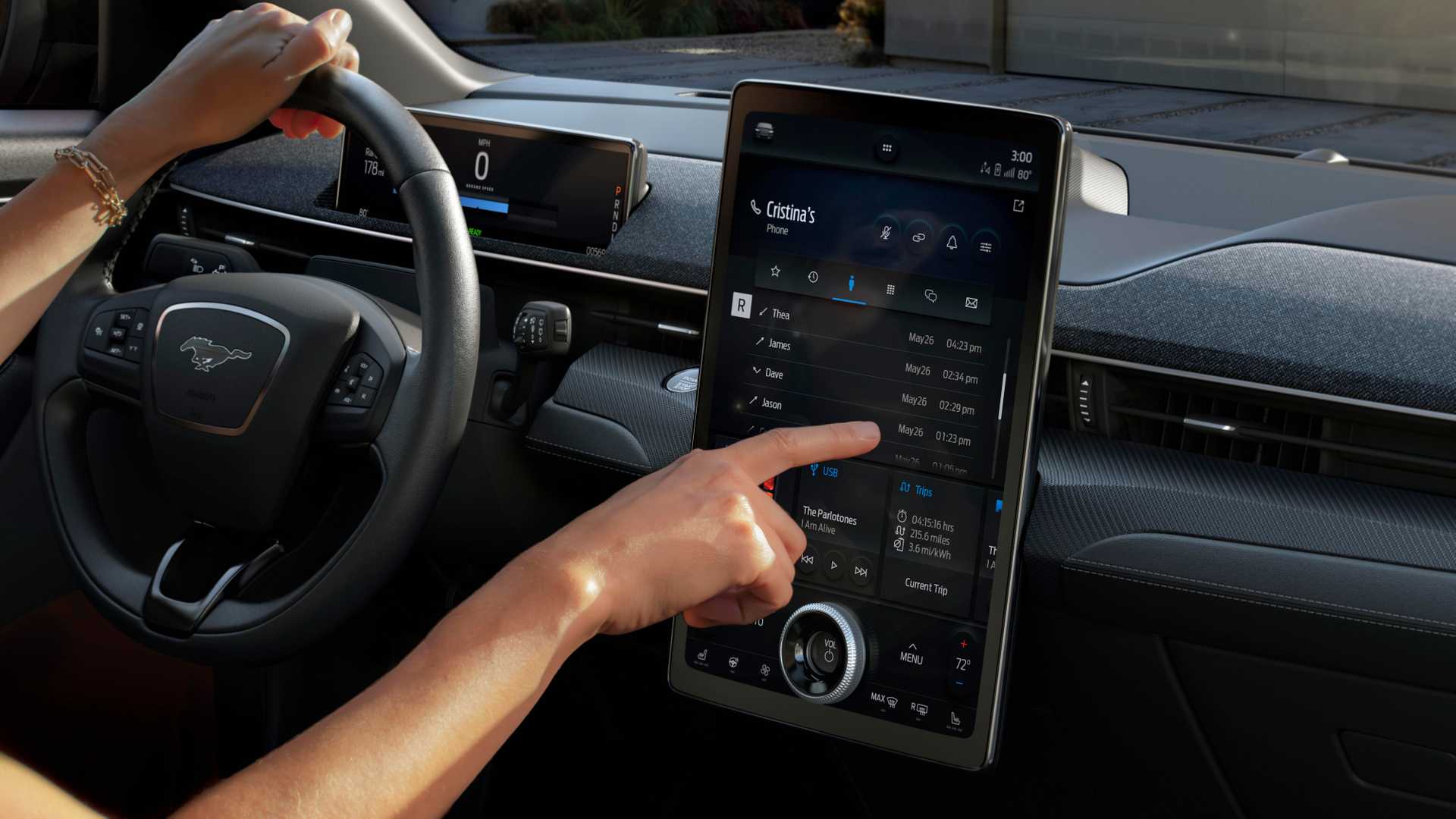Scanning the car is much more than just a screen with a navigator on the vehicle’s dashboard. Traditional builders are beginning to become aware that the shift towards new mobility involves getting on the digitalization bandwagon with capital letters.
More and more models are beginning to have technologies and aspects that were practically unknown a few years ago and for` brands such as Tesla have become the strength of their products.
The path followed by the company led by Elon Musk in 2012 demonstrates how to correct technology, well applied to a ‘traditional’ product, makes it possible to turn it into an element that can improve and offer new advantages throughout its useful life.
Until now, a car was an immobile product in terms of features and functions available to its owner once the vehicle was removed from the dealer. Each car did the same things five years later than the first day.
The current reality, partly revealed by Tesla, shows that the car can evolve in many aspects during its useful life. The models of the Californian brand, once delivered, have been gaining in literal benefits such as greater power or better efficiency, to functionalities that take advantage of the existing hardware to offer new applications that make life on board more comfortable, safe, or merely pleasant.
Examples of this are the integration of Netflix, YouTube, or Twitch, increasing the vehicle’s power, or security functions such as detection of blind spots or the popular sentry mode.
But perhaps the update that demonstrates this technology’s potential is the latest update that has brought to a select number of people the FSD beta, the total autonomous driving, via the Internet that allows a car to be almost autonomous overnight without having to step into a workshop.
All this is possible thanks to the well-known OTA updates that consist of software updates that control all the car functions carried out wirelessly, via the Internet, in the image and likeness of those used in mobile phones that are used daily.
To enjoy these new capabilities, vehicles have to be designed and built in a very different way than they have been for more than 100 years, including those that incorporate advanced electronics.
Cycle change
Now Ford declares that this new approach can even change the product’s life cycle since this happens to be something that improves with each update, contrary to what the car has been for more than a century.
The latest statements from Hau Thai-Tang, Ford’s director of product platforms and operations, go right along these lines during an Automotive News service, stating that OTA updates “give us that option. I think we can now physically enhance the vehicle for the customer with these OTA updates, which is changing the game in terms of the business model.”
Thai-Tang himself confesses that the aesthetic facelifts that are done every three or four years during a vehicle’s life are to keep up with fashion. However, they do not usually come with significant advances for the client’s final in terms of performance.
One of the great contributions of OTA updates to the automotive industry is that a vehicle can be improved with each software update after purchasing it.
That is precisely what Ford intends to do with the Mustang Mach-E, with an optional hands-free driver assistance system, which will arrive via a wireless update, OTA, within six months.

